
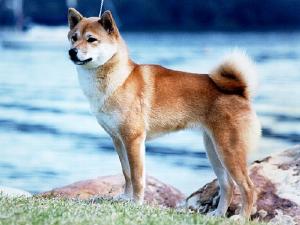






The Shiba-Inus with his outgoing personality, convenient size, and good nature has made him the most common pet in the Japan. Growing in popularity worldwide it has only been in recent years that he has been seen out of his native land. Though he may be difficult to train, if he is handled with consistent firm training he will respond well. He is not a dog for the faint-hearted as he is a large animal in a small body. Shiba Inus are loyal and possess a good sense of what you are feeling. He needs to have human interaction and should not be left alone in the back yard. Unique vocal sounds his bark may sound like a "yodel". He will usually only bark when he has reason. The oldest native dog of Japan he dates back to the third century B.C. when he was used as a hunting dog. He almost became extinct in 1952 due to an outbreak of distemper.
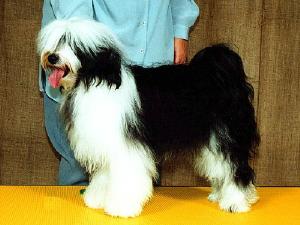 Tibetan Terrier
Tibetan Terrie
Tibetan Terrier
Tibetan Terrie
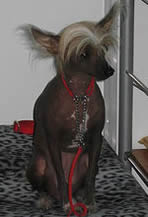 Chinese Cresteds: A guide to dogs and puppies of the Chinese Crested breed
The Chinese Crested!
The Chinese Crested is an excellent fa
Chinese Cresteds: A guide to dogs and puppies of the Chinese Crested breed
The Chinese Crested!
The Chinese Crested is an excellent fa
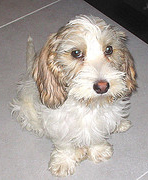 Petit Bassett Griffon Vendeens: A guide to dogs and puppies of the Petit Bassett Griffon Vendeen breed
The Petit Bassett Griffon Vendeen!
The Petit Bassett Griffo
Petit Bassett Griffon Vendeens: A guide to dogs and puppies of the Petit Bassett Griffon Vendeen breed
The Petit Bassett Griffon Vendeen!
The Petit Bassett Griffo
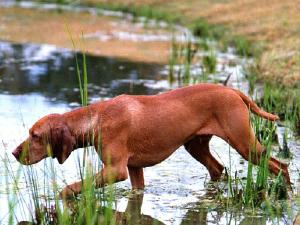 Vizsla
Vizsla
Vizsla
Vizsla
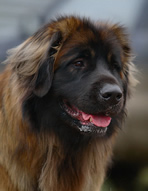 Leonbergers: A guide to dogs and puppies of the Leonberger breed
The Leonberger!
One of the distinct characteristics of a le
Leonbergers: A guide to dogs and puppies of the Leonberger breed
The Leonberger!
One of the distinct characteristics of a le
Copyright © 2005-2016 Pet Information All Rights Reserved
Contact us: www162date@outlook.com